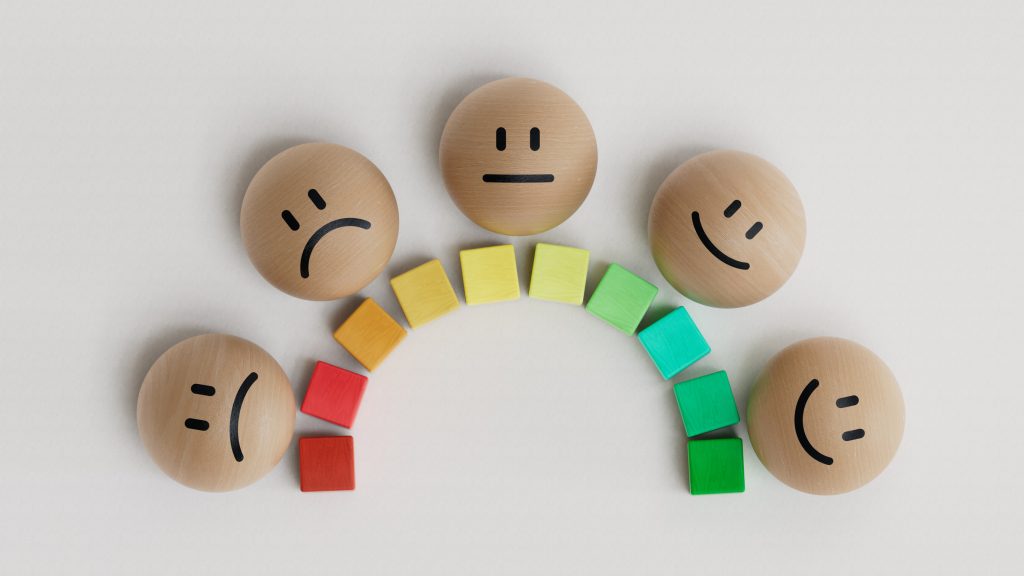
Helping your child develop emotional intelligence may be one of the most valuable things you do as a parent. Kids who understand their feelings, express themselves calmly, and empathize with others tend to have stronger relationships, better mental health, and more success in school and life. But teaching emotions doesn’t have to feel like a lecture. With the right tools, emotional learning can be fun, interactive, and something your child actually looks forward to. These nine playful strategies are designed to teach kids emotional intelligence in ways that truly stick.
1. Use Emotion Cards for Daily Check-Ins
Emotion cards are a simple, effective way to help your child learn the language of feelings. You can find printable sets online or make your own using paper and markers. Let your child choose a card to describe how they’re feeling and encourage them to explain why. This opens the door to reflection, empathy, and emotional vocabulary development. Making it part of your daily routine helps kids become more aware of their emotions in real time.
2. Read Books with Big Feelings
Stories are a great way to teach kids emotional intelligence because they naturally bring up discussions about feelings, choices, and consequences. Choose books with characters who experience frustration, joy, disappointment, or kindness. After reading, ask questions like, “How do you think she felt?” or “What could he have done differently?” These conversations help kids practice emotional reflection in a safe, relatable context. Books like The Color Monster or When Sophie Gets Angry—Really, Really Angry are excellent starters.
3. Play Feelings Charades
Turn emotional learning into a high-energy game with feelings charades. Write different emotions on slips of paper (happy, nervous, proud, angry) and take turns acting them out. Your child will have fun guessing and mimicking expressions, and it builds emotional recognition and empathy. It’s also a great way to practice identifying subtle emotions like “confused” or “embarrassed.” Laughter and movement make learning more memorable.
4. Introduce a Feelings Thermometer
A feelings thermometer is a visual tool that helps kids gauge the intensity of their emotions. Draw a thermometer on paper with zones like “calm,” “a little upset,” and “very mad.” Ask your child where they think they are on the scale during different moments. This simple tool can prevent meltdowns by giving kids the chance to pause and express how they feel before they lose control. Over time, it encourages emotional regulation and self-awareness.
5. Practice Breathing and Mindfulness Exercises
Teaching kids to pause and breathe when emotions run high is a key part of building emotional intelligence. Make it fun by pretending to blow up a balloon slowly or teaching “hot cocoa breathing”—inhale the smell, exhale to cool it off. Try short, kid-friendly mindfulness apps or lead a few minutes of quiet breathing together before bed. These simple practices give children tools to calm down when they feel overwhelmed. And when practiced regularly, they become second nature.
6. Create an “Emotion Wheel” Craft
Get hands-on by helping your child create their own emotion wheel with sections for different feelings. Use bright colors and expressive drawings so they can easily refer to them when they’re struggling to explain how they feel. Encourage them to spin the wheel and point to a feeling when they’re upset or unsure. This helps validate their emotions while guiding them toward expressing themselves more clearly. Plus, crafts make everything more engaging.
7. Watch and Discuss TV Shows Together
Believe it or not, screen time can be a great tool for building emotional intelligence—when it’s intentional. Choose shows or movies with characters who go through emotional journeys, like Inside Out, Bluey, or Daniel Tiger. Pause to talk about what a character might be feeling or why they acted a certain way. Watching together gives you natural moments to model empathy, ask questions, and explore how different emotions show up in real life. It turns passive watching into an active learning opportunity.
8. Use Role-Playing for Social Scenarios
Role-playing helps kids rehearse tricky situations before they happen in real life. Act out common scenarios like sharing toys, asking for help, or calming down when upset. Let your child try different responses and talk about what worked well. Practicing ahead of time gives kids the confidence to handle social interactions with empathy and self-control. It’s like an emotional dress rehearsal—with lots of chances to try again.
9. Start a Kindness Challenge
Acts of kindness help children connect to others and feel good about themselves. Try a weekly challenge like writing a kind note, helping a sibling, or sharing a toy. Talk about how it felt to give and how others responded. Kindness builds emotional intelligence by strengthening empathy, social awareness, and connection. Make it a family habit and watch how it shapes your child’s heart and mind.
Growing Stronger Through Everyday Moments
Teaching emotional intelligence doesn’t require complicated lessons—it just takes intention, creativity, and connection. Every moment of play, conversation, or challenge can become a learning opportunity when you approach it with empathy. By using these fun, practical tools, you’re helping your child build lifelong skills in managing emotions, understanding others, and making thoughtful choices. And the earlier these habits take root, the more naturally they grow.
Which of these fun strategies do you want to try first? Or do you have a favorite emotional intelligence activity your child already loves? Share it in the comments!
Read More:
5 Tiny Habits That Build Emotional Resilience in Children
20 Creative Ways to Boost Your Child’s Intelligence
The post 9 Fun Ways to Teach Kids Emotional Intelligence (That Actually Work) appeared first on Kids Ain't Cheap.







